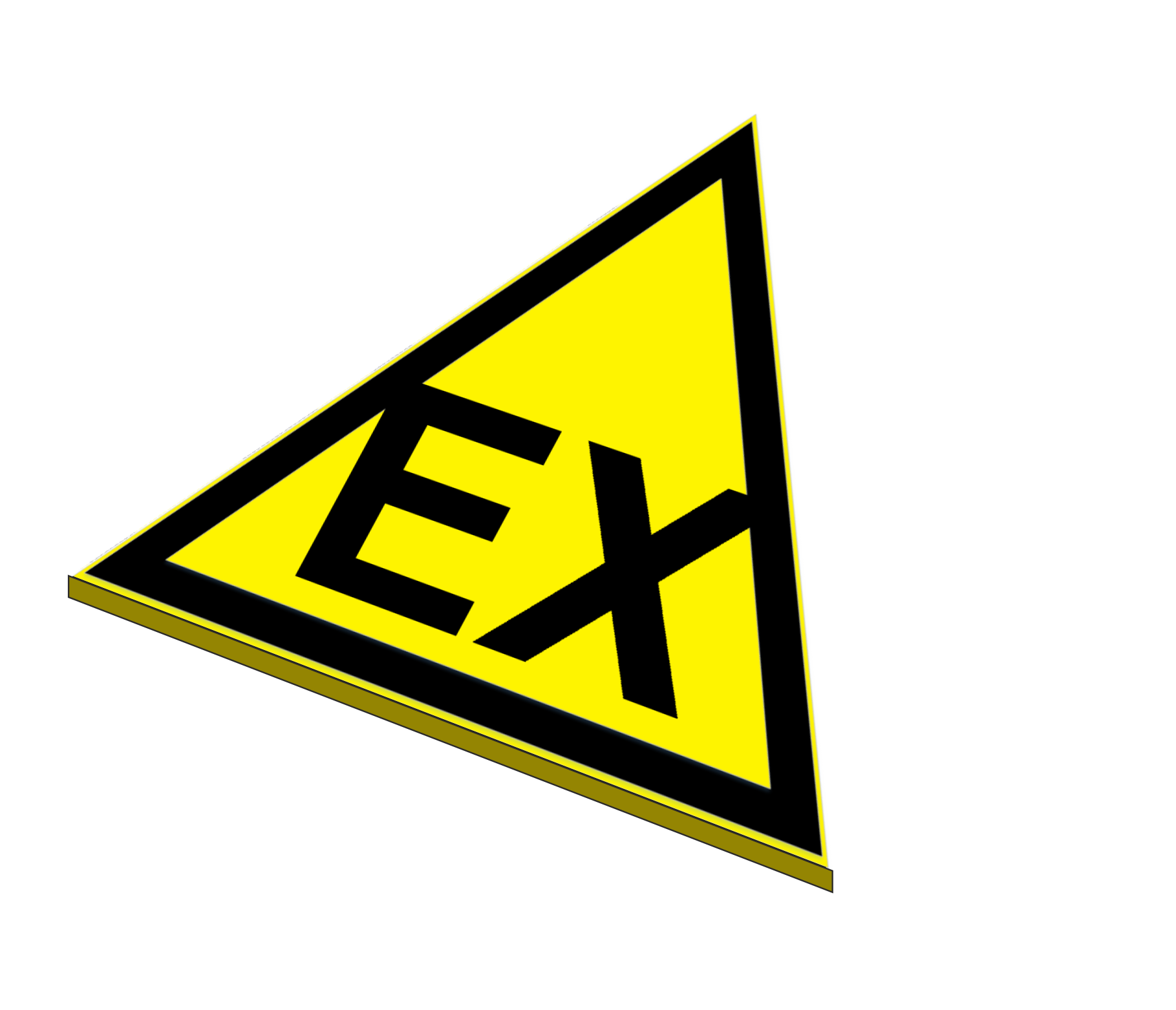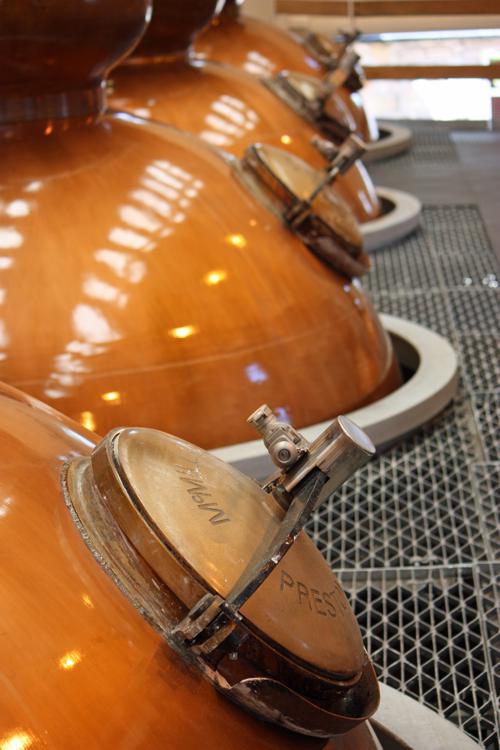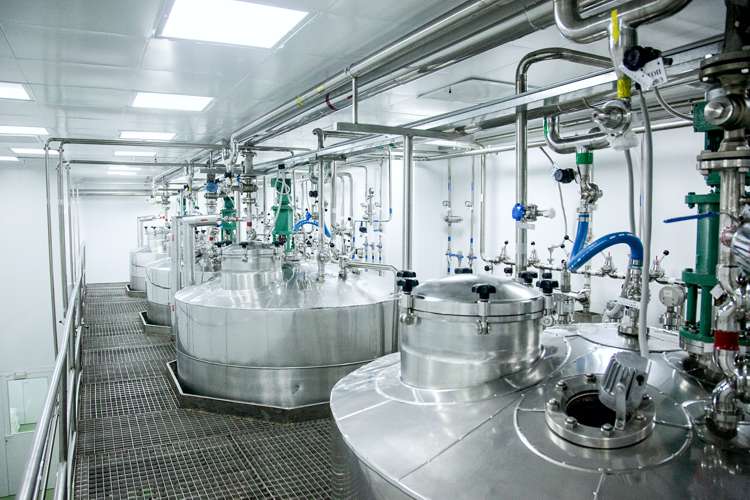
The concept of Area Classification was introduced by ICI in the 1960s in order to reduce incidents on Petrochemical Plants by minimizing the likelihood of effective ignition sources from electrical apparatus. Over the years the concept has been developed, and transposed, into British Standards, Harmonized European (EN) Standards and International (ISO) Standards.
Originally the discipline of Area Classification was seen as “Industry Best Practice” but in 2003 the implementation of the Atex 137 Directive via DSEAR made Area Classification a legal requirement for workplaces subjected to the Regulations.
The purpose of Area Classification is to minimise the likelihood of combustion events that could result in injury to people. The aim is to :

The procedure for conducting an Area Classification Study is laid out in BS EN ISO 60079, involving a detailed, systematic, approach, considering how, where and why explosive atmospheres could arise, and whether ignition would result in consequences that would cause harm to people.
Area Classification requires the identification of so called “Hazardous areas” (commonly referred to as “Zones”), which are places where explosive atmospheres, from flammable gases, vapours, mists or dusts may arise.
For flammable gases, vapours and mists the Regulations recognise three classifications of Hazardous Areas, based on likelihood and persistence and defined as follows :
Similar definitions apply to hazardous areas from combustible dusts, but referred to as Zones 20, 21 and 22.
The Area Classification Standard BS EN ISO 60079 highlights that ventilation conditions will influence the classification of hazardous areas for gases and vapours.
For Gas / Vapour Hazardous Areas careful consideration of ventilation conditions is critical, so as not to overstate, or understate the hazard.
Where a plant is handling combustible dusts the Hazardous Area Classification study must consider the possibilities of dust escape from the process creating accumulations of combustible dust in the workplace. If such dust is accidentally roused it could result in an explosive atmosphere within the workplace.
Where the Area Classification has confirmed a need to classify hazardous areas the Regulations require that equipment, that could provide an effective source of ignition, located within said hazardous areas must be Ex certified to confirm that the likelihood of it providing an ignition source coincident with an explosive atmosphere is acceptably low.
Under DSEAR this concept applies to all potential sources of ignitions, whereas the original ICI approach was restricted to specification of electrical apparatus.

Historically, it has not been uncommon for the Area Classification studies, having identified causes of release of flammable material, or the potential for dust accumulations in a workplace to classify the entire volume of a room as a hazardous area. However, under DSEAR, where all items of equipment that could provide an effective ignition source must be Ex certified, this blanket approach imposes unnecessary (excessive) costs on a project. It is important to aim to be as precise as possible about the extents and classification of hazardous areas so as not to incur unnecessary expense. In the majority of situations hazardous areas will only occupy part of the volume of a room.
Our consultants have vast experience in conduct of Area Classification Studies and provide a pragmatic approach to the exercise, ensuring that only areas that truly warrant it are zoned. This ensures optimisation in terms of the expense of equipment for a project, avoids concerns about the need to retrofit Ex certified equipment in existing installations, and creates opportunities for economy when equipment, originally installed as Ex when it didn’t need to be, is in need of replacement.
We provide fully reasoned reports to allow the classification of hazardous areas in workplaces to be fully appreciated by the operator in light of the requirements of the standards so that logic for changes in certification of equipment in some areas is transparent.